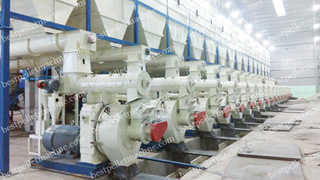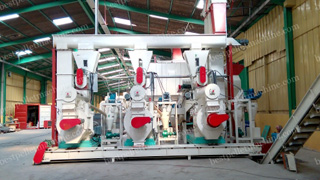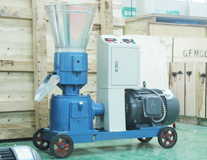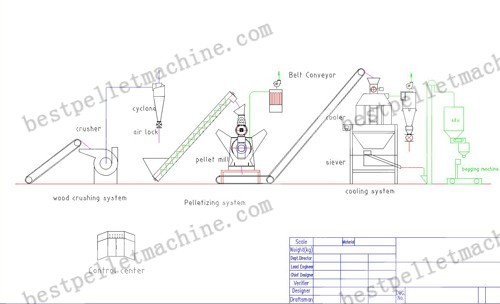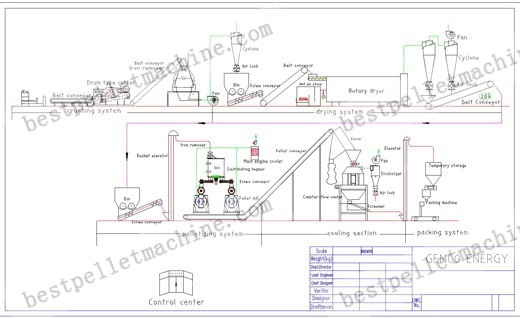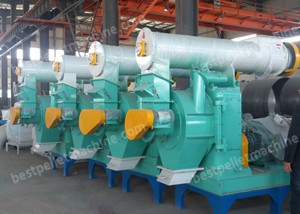Australia is a country with extensive energy resources. Besides coal, bioenergy is also one kind of main energy source which takes 4% in Australia and makes up 78% of the already known renewable energy. Among the bioenergy resources,
wood and bagasse (sugar cane residues) are 2 main raw materials. Other raw materials for pellet making may be palm fiber, agricultural waste, and so on.
Why wood pellets are popular in Australia?
Biomass pellets, especially wood pellets and
bagasse pellets are the main solid biofuels in Australia. For example, some thermal energy projects utilize wood pellets as fuel. Besides, annually the country uses 4-6 million tones of firewood pellets for space and water heating. There also has been development of wood pellets in Australia for domestic heating with specially designed pellet stoves, and this has been the trend.
In fact, it not only consumes biomass pellets domestically, but also exports to other countries, mainly Europe for electricity generation. Wood pellets export has made great contribute to Australian economy in recent years.
Wood pellets properties
The most important properties that influence the quality of fuel are as follows:
Moisture content, ash content, volatile matter content, and heat value.
Moisture content of wood pellets refers to the quantity of water in the biomass, which is represented by a percentage of water that makes up the total weight. Usually wood pellets does not contain too much moisture, that is, around 5%, since the raw material moisture is just 8-12%, and the high temperature in pellet machine also can evaporate certain amount of moist. If the wood pellets are too wet, vapor will take out some heat in the combustion, decreases burning efficiency, and as time passes the pellet stove or boiler will be corroded by moist.
As wood pellets are made from wood sawdust, it unavoidably contains some ash. But compared to fossil fuels like coal, wood pellets have much less ash. Usually wood pellets contain 6% ash are enough for utilization; below 2% is standard according to Pellets Fuels Institute. If the ash content is <1%, the quality is premium.
Compared to coal, biomass has a higher content of volatile matter. But as they are processed by the wood pellet machine to have high density, wood pellets will contain much less volatile than raw wood. And if they are fully burned, the volatile will remain the least.
The heat value of wood pellets is 4000-5000kcal/kg, which is much higher than other biomass pellets. Although their heat value is lower than coal, wood pellets are much more economical and environmental friendly than coal.
 The wood pellet plant we built for customer in Australia
The wood pellet plant we built for customer in Australia
Pellet machine Australia
Now there have been some plants that use
pellet making machine to make wood pellets or other biomass pellets, but there is still great market potential for other investors. The proportion of biomass pellets in all fuel sources is increasing yearly. And gradually, bioenergy will replace fossil fuel to be the key fuel source in the future. At that time, pellet making machine will be a best seller in Australia.




